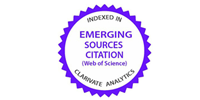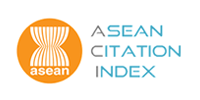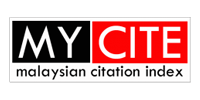Ground Coffee Waste-Derived Activated Carbon: A Sustainable Adsorbent and Photocatalyst for Effective Methylene Blue Dye Degradation
DOI:
https://doi.org/10.58915/ijneam.v17iDecember.1612Keywords:
Ground coffee waste, Activated carbon, Photocatalyst, Adsorbent, Methylene blueAbstract
This study focuses on harnessing the potential of ground coffee waste (GCW) as a valuable precursor to produce activated carbon (AC) through pyrolysis. The objective is to develop an eco-friendly adsorbent and photocatalyst for environmental remediation applications. Preceding pyrolysis at 350°C for 3.5 hours, GCW was subjected to activate using hydrochloric acid (HCl) and potassium hydroxide (KOH). The resulting AC was subsequently combined with titanium dioxide (TiO2) photocatalyst powder, resulting in the creation of TiO2-AC composites that functioned both as adsorbent and photocatalyst. The TiO2-AC composites were investigated for their adsorption and photocatalytic capabilities in the degradation of 10 ppm methylene blue dye under sunlight exposure for 240 minutes. Morphological analysis revealed a sponge-like structure for both HCl-activated AC and NaOH-activated AC, with HCl-AC exhibiting more pronounced and uniform pores compared to KOH-AC. Remarkably, GCW demonstrated the highest removal efficiency, effectively removing 97.34% of methylene blue, outperforming HCl-AC (16.89%) and KOH-AC (10.41%). Nonetheless, the AC-TiO2 composites, specifically HCl-AC/TiO2 and KOH-AC/TiO2, also exhibited considerable removal efficiencies of 93.31% and 92.46%, respectively. These findings underscore the promising potential of utilizing GCW-derived activated carbon as an environmentally sustainable solution for organic pollutant treatment and herald its significance in promoting greener approaches to waste utilization and environmental protection.

















